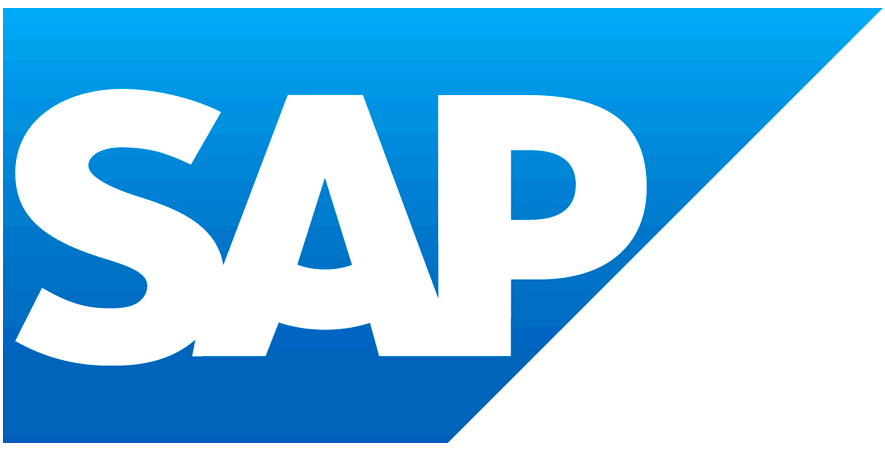Balancing the Scales: How Supply Chain Professionals Can Juggle Competing Stakeholder Priorities
Feature by Val Blatt

Managing supply chains is like conducting an orchestra: it demands artful coordination, precision, and leadership. Supply chain leaders, like conductors, must foster collaboration and harmonize multiple interconnected components to achieve a seamless outcome.
This was the key insight gleaned from the panel I hosted at the North American Supply Chain Executive Summit (NASCES) last fall, “A NASCES24 Speaker Roundtable – A Supply Chain Discussion.”
Unlike musicians, supply chain professionals work with stakeholders who span roles and organizations, each with differing objectives. While finance pushes for cost reductions, sales and marketing may demand speed, and operations might prioritize risk mitigation. It is up to supply chain leaders to carefully balance these competing goals, ensuring efficiency without compromising other interests.
Here are my key takeaways from the panel, which featured supply chain leaders from prominent companies in the high-tech, retail, and consumer products industries.
Leverage Innovative Procurement and Multi-Sourcing Strategies
In today’s dynamic global landscape, change can happen instantly. Businesses must navigate an array of factors, including geopolitical conflicts, natural disasters, shifting consumer preferences, intricate regulations, and more. A common theme among the panelists involved leveraging multi-sourcing and digital procurement tools to empower supply chain managers to be flexible when addressing unexpected disruptions.
Multi-sourcing strategies involve diversifying the supplier base to mitigate the risks associated with relying on a single provider. By adopting this approach, businesses can ensure continuous supply and maintain operational resilience. For example, if one supplier faces a disruption, a manufacturing company can quickly shift to another supplier, minimizing downtime and meeting production timelines.
Dynamic sourcing, a strategy that involves the continuous evaluation and adjustment of supplier relationships, enhances agility by allowing companies to adapt to market fluctuations and stay competitive. For instance, a company can procure raw materials from the most cost-effective supplier based on real-time market conditions, driving down costs without impacting product quality or production schedules.
Enhanced supply chain visibility is another crucial benefit. With real-time insights into supplier performance, managers can pinpoint inefficiencies and optimize costs. Additionally, increased transparency improves compliance with regulatory and environmental standards, helping meet ethical sourcing practices and sustainability goals.
Invest in Digital Transformation and AI
Panelists emphasized how supply chain leaders are leveraging AI, using it as a tool to respond quickly to emerging trends. Technology is a superpower when it comes to balancing different priorities — digital platforms, generative AI, machine learning, and predictive analytics provide supply chain teams with centralized visibility. This empowers them to be more agile, strategic, and efficient.
Additionally, advanced platforms that leverage AI can provide real-time data about inventory, shipment, and delivery statuses, which help reduce silos between various stakeholders. This transparency minimizes conflicts and aligns efforts across departments, ensuring cohesive decision-making and a collaborative work environment.
Level Up Your Demand Forecasting
When dealing with an unpredictable business environment, panelists shared how they are increasingly relying on accurate demand forecasting for stakeholder alignment. Leveraging AI-powered predictive analytics enables them to anticipate demand fluctuations and adjust their strategies accordingly. This foresight fosters trust and ensures that all internal stakeholders are working together toward collective objectives.
Panelists highlighted that this can also ensure that each team is supported in their daily tasks. For instance, manufacturing teams can receive adequate stock, finance teams can avoid excess inventory costs, and operations can maintain smooth workflows. Predictive analytics turns forecasting into a strategic advantage, enabling companies to address potential issues proactively and reduce risks.
Achieving Supply Chain Harmony
Competing stakeholder priorities don’t have to create friction. By investing in AI, implementing dynamic sourcing, and adopting cloud-based procurement platforms, supply chain professionals can turn these challenges into opportunities for innovation and collaboration. The result is a supply chain that is not only efficient and productive, but also resilient and adaptable — a true asset to every stakeholder involved.
The key to harmonizing stakeholder priorities lies in leveraging advanced technologies and adopting innovative strategies. With the right tools and mindset, supply chain leaders can transform challenges into opportunities, creating a supply chain that is agile, efficient, and able to meet stakeholder needs.
SAP Business Network is specifically designed to address many of the issues and challenges discussed. It provides the necessary tools to seamlessly connect buyers and suppliers, streamline procurement and supply chain processes, and ensure that every stakeholder thrives in rapidly changing markets. By investing in such technology, businesses can build a future-ready supply chain that drives resilience and long-term value.
To learn more about these insights and hear the full discussion from supply chain executives at leading companies, I encourage you to watch the recording from the North American Supply Chain Executive Summit. You’ll gain valuable perspectives on how industry leaders are navigating complex supply chain challenges and balancing diverse stakeholder priorities in today’s dynamic business environment.
Val Blatt is chief revenue officer for SAP Business Network at SAP.

